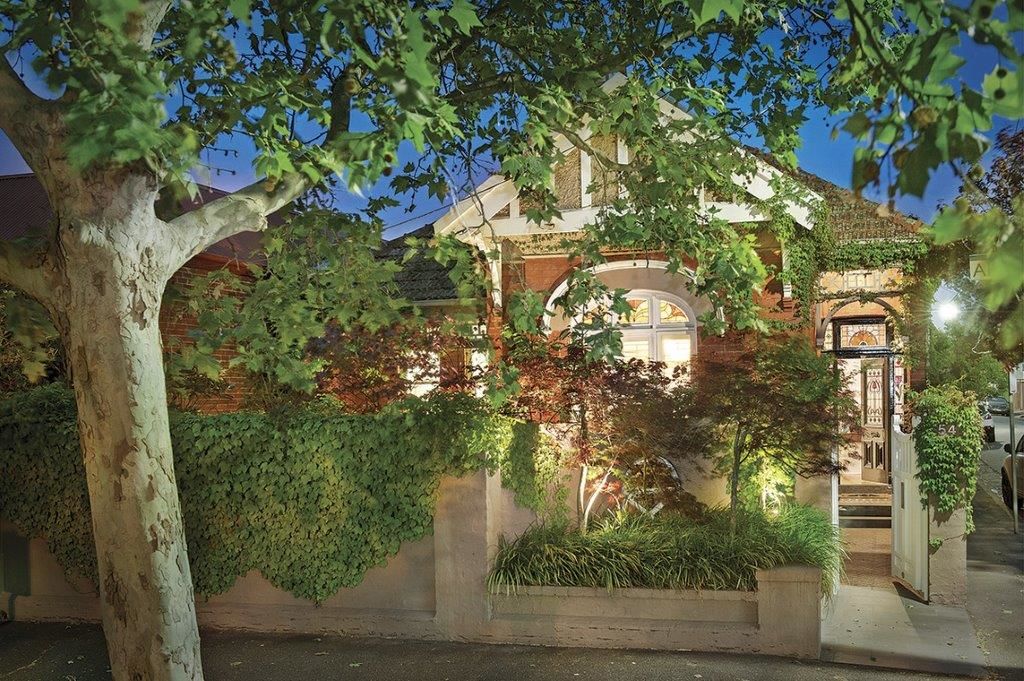Architectural Design Sustainability
Architectural design is increasingly taking sustainability into account. People all over the world are becoming more aware of how human activity affects the environment, and architects are responding by incorporating green design principles into their projects. Future structures are probably going to be constructed in a similar manner, using less energy, creating less waste, and promoting a healthy environment.
Buildings with net zero energy
One of the most significant developments in sustainable architecture is the construction of net-zero energy structures. The fact that these buildings produce as much energy as they consume makes them very efficient and environmentally friendly. By utilizing renewable energy sources like solar and wind power, net-zero energy buildings can help to reduce carbon emissions and the negative environmental effects of buildings.
· Biophilic Design
An additional development in eco-friendly architectural design is the concept of "biophilic design," which aims to bring people closer to nature. Through biophilic design, natural elements such as vegetation, daylight, and organic materials are incorporated into the built environment. It has been demonstrated that this approach enhances people's health and well-being by reducing stress and raising productivity.
Digital Technology
Architectural design is being significantly impacted by the development of technology. Buildings that were previously impossible to design and construct are now possible thanks to digital technology. From 3D printing to virtual reality, digital technology is revolutionizing the way architects work.
· Building Information Modelling (BIM)
Building Information Modelling (BIM) is a digital technology that is transforming the way architects design and manage buildings. Building Information Modelling (BIM) software enables architects to create 3D models of buildings and simulate their performance, from energy use to structural integrity. Buildings can now be designed to be more effective, resilient, and sustainable thanks to technology.
· Virtual Reality (VR)
Virtual Reality (VR) is another digital technology that is having a significant impact on architectural design. VR allows architects to create immersive, 3D environments that clients can experience before a building is constructed. Through the use of technology, both clients and architects are now able to communicate design concepts more effectively.
Smart Homes
Another trend that is anticipated to last in the future is smart homes. Smart homes incorporate technology into the building design, enabling residents to control and monitor various systems, from lighting to heating, from a single device. This technology can help to improve energy efficiency, enhance security, and create a more comfortable living environment.
· Internet of Things (IoT)
The Internet of Things (IoT) is a key component of smart homes. IoT technology enables devices to communicate with each other, from door locks to thermostats, creating a seamless and integrated living experience. These technologies are transforming the way we live, work, and interact with our homes.
· Artificial Intelligence (AI)
Artificial Intelligence (AI) is also having a significant impact on smart homes. AI technology can learn and adapt to residents' habits and preferences, optimizing energy consumption and creating a personalized living environment. This technology is expected to become more prevalent in the future, creating even smarter homes that anticipate and meet our needs.
Get in touch with Design Edge Associates today to explore the latest trends in architecture and discover how we can help you create a sustainable, innovative, and future-proof building design.
The future of architecture is bright and exciting, with sustainability, digital technology, and smart homes leading the way. Architects must continue to develop and adapt in order to keep up with society's changes and technological advancements.
